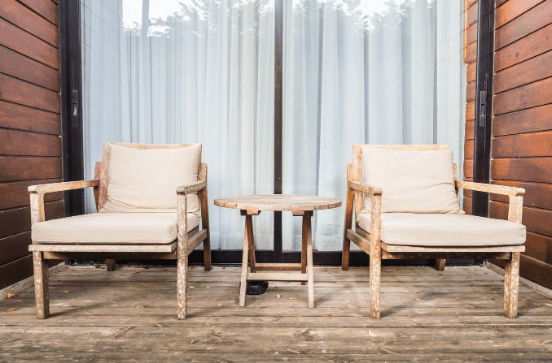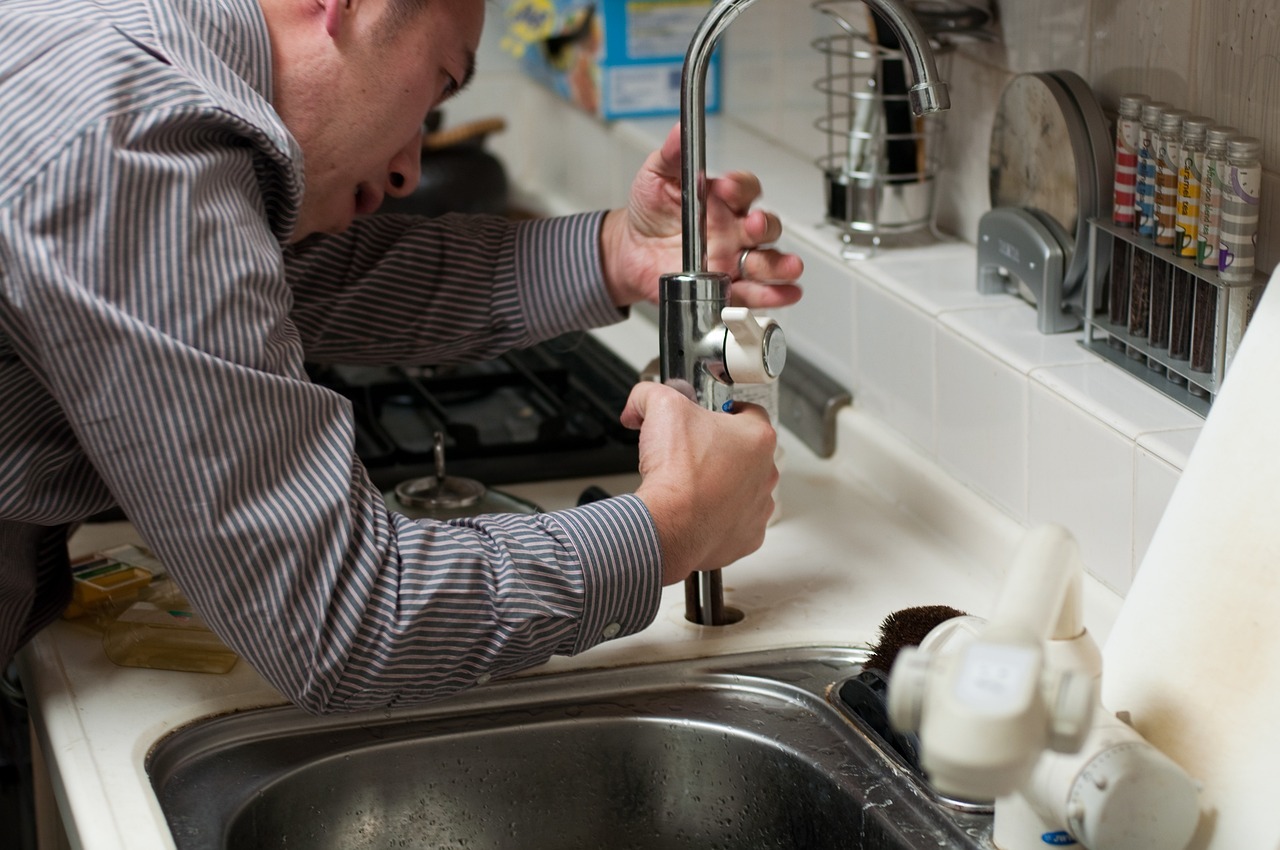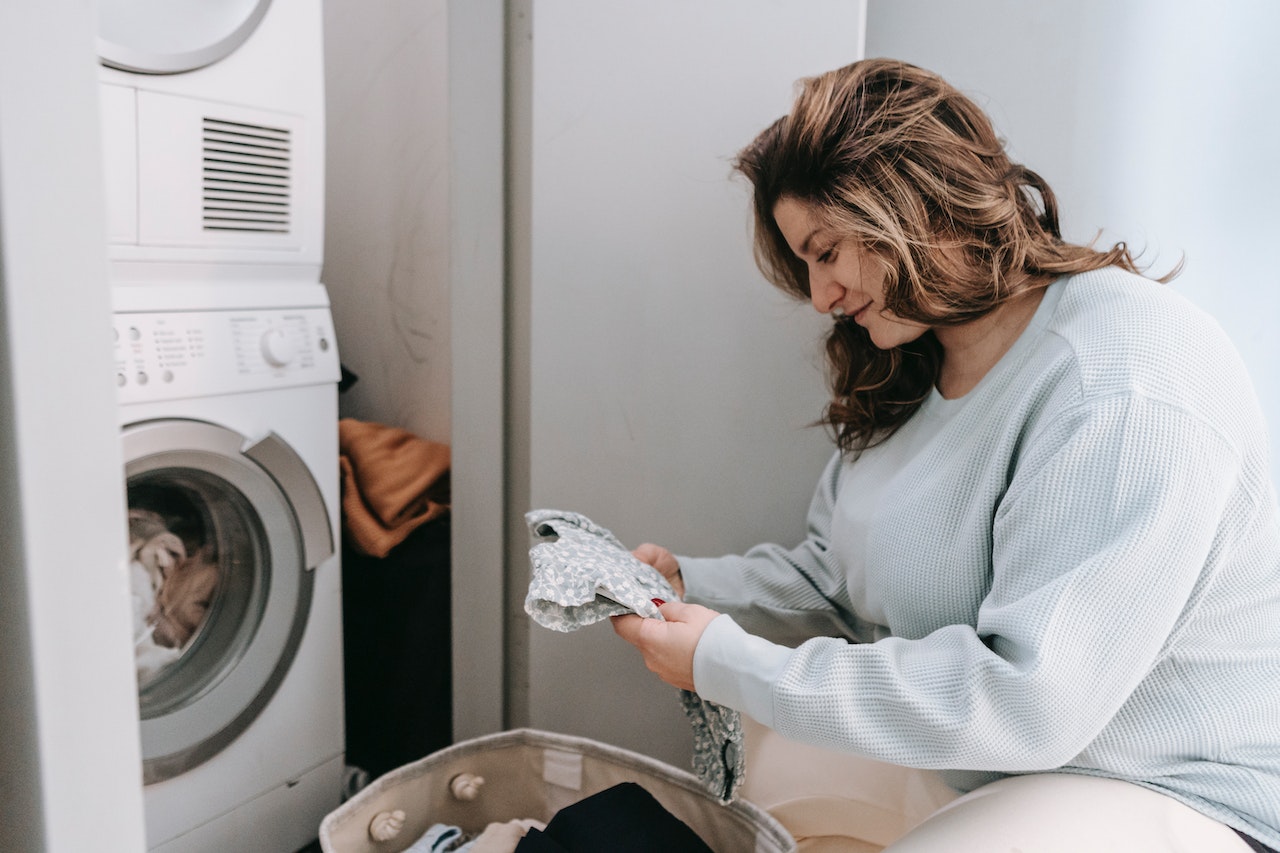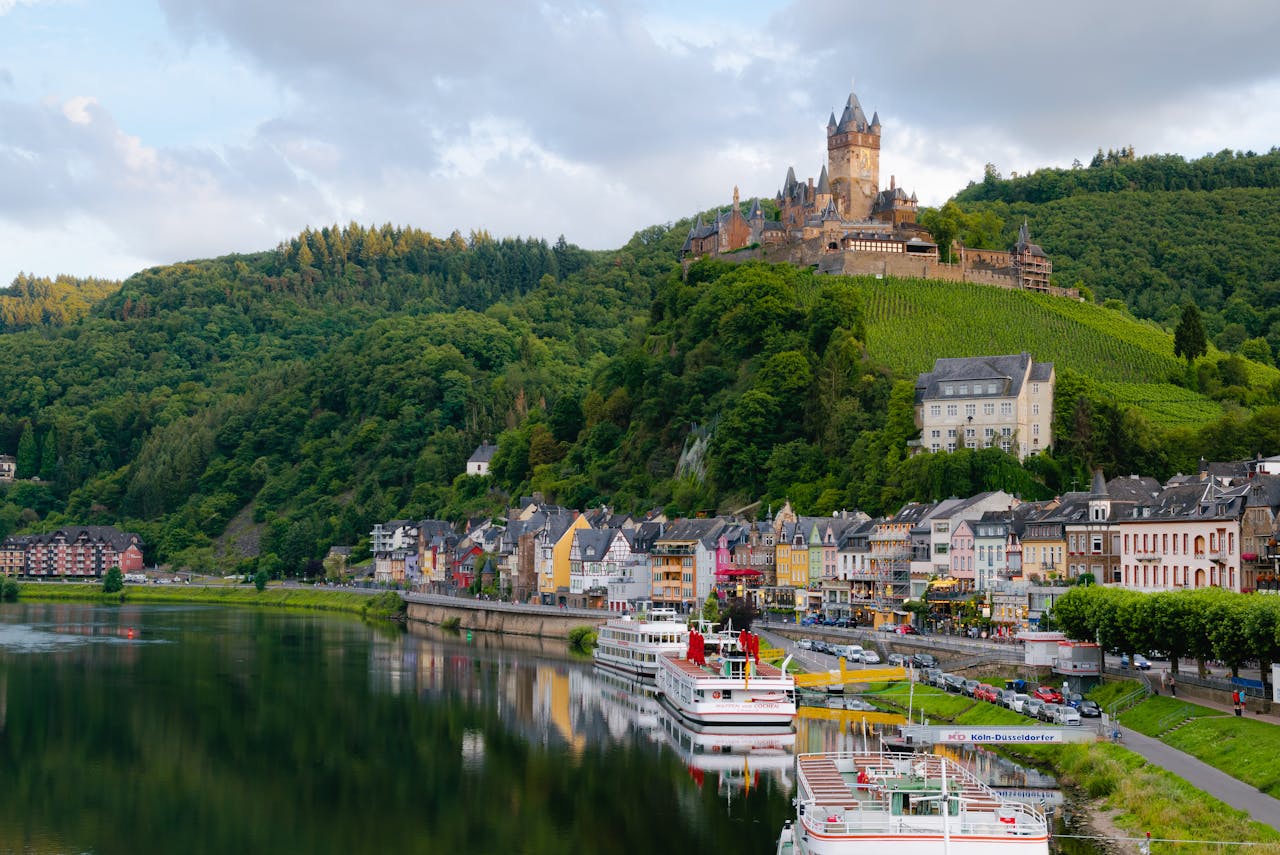Is Living Off-Grid in South Dakota A Good Idea?
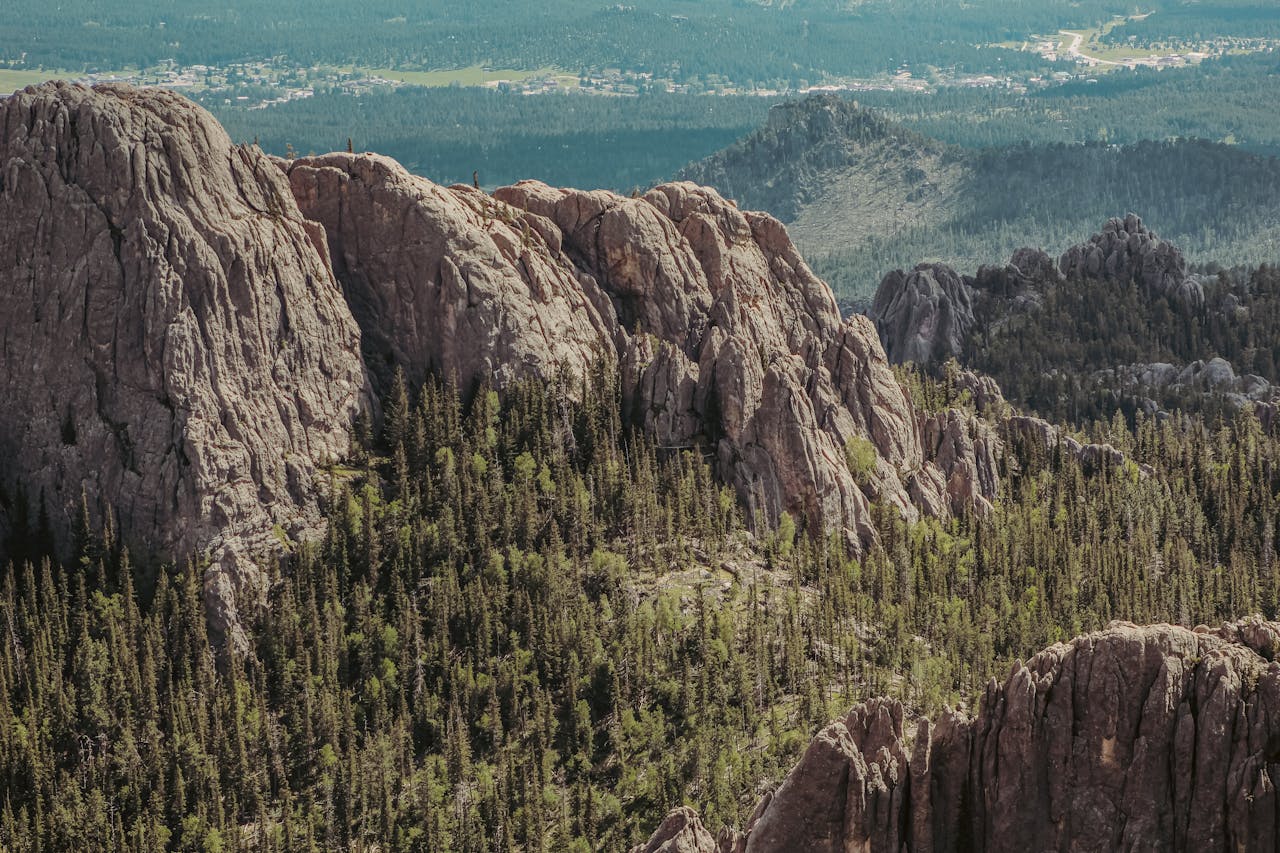
The allure of off-grid living is continuously growing, especially in an age where rising energy costs, urban stress, and a desire for self-sufficiency are changing what “quality of life” really means. Although many people look toward remote mountain regions or wooded retreats in the Pacific Northwest, one often overlooked state, which is South Dakota.
At first glance, this plains-heavy Midwestern state may not scream off-grid paradise. But if you are someone who values independence, resourcefulness, and breathtaking natural beauty, living off-grid in South Dakota might just be the best decision you’ll ever make. In fact, a quick check at available off-grid cabins for sale in South Dakota can show you the growing interest from savvy homesteaders, eco-conscious retirees, and bold first-timers ready to disconnect, on their terms.
Here's why.
Renewable Energy Is Abundant
One of the biggest hurdles in off-grid living is powering your home reliably and sustainably. Here’s where South Dakota stands out. The state is a quiet leader in renewable energy, with over 84% of its electricity generation coming from renewable sources, mainly wind and hydropower. For this reason, you’re not just choosing to go solar or wind-powered out of necessity, but you're embracing a climate where these systems thrive. Also, installation costs can be lower, thanks to state and federal incentives. If you’re fully off-grid, the abundant sun and wind can give you three seasons of strong production, and batteries can easily store enough for winter’s shorter days. Altogether, these choices highlight practical ways to live sustainably in South Dakota.
Additionally, South Dakota’s moderate property taxes and lack of state income tax help offset the initial costs of off-grid infrastructure, making it worth asking: what’s for sale in the Black Hills?
The Black Hills & Beyond: A Natural Haven
The Black Hills region is a dreamy blend of forest, rolling elevation, granite cliffs, and hidden streams. That’s why South Dakota offers far more than flat farmland. It’s home to a growing community of off-grid enthusiasts who build modern A-frame homes, install solar panels, and heat with high-efficiency wood-burning stoves.
But the magic of off-grid living in this state isn’t limited to Black Hills. Land from the Missouri River Valley to the wide-open prairies of the east are still relatively affordable and generously zoned for independent use. Unlike more regulated states, you won’t constantly hit roadblocks for composting toilets, greywater recycling, or animal husbandry.
Self-Reliance and Simplicity
There’s something admirable about a lifestyle that embraces doing more with less. South Dakota seems built for this mindset.
Locals are fiercely self-reliant. Many grow their own food, raise chickens and goats, and hunt seasonally. This is a shared value woven into the state’s cultural DNA. And if you’re aiming to live off-grid, community matters more than you might think.
In terms of farm co-ops, seed-sharing programs, or informal neighbor bartering systems, you’re likely to find support, especially if you put in the effort to become part of the community.
But It’s Not for the Faint of Heart
Average January temperatures dip well below freezing, and wind chills can make conditions even more extreme. If your home isn’t properly insulated, or if your energy system fails, you won’t have the luxury of dialing a landlord or utility company.
You need:
- Backup heat (wood stove, propane heater, etc.)
- Thermal-rated batteries
- Passive solar design, if possible
- Emergency water supply (some well pumps can freeze)
Additionally, keep in mind that rural living often requires longer drives for supplies, DIY repairs, and learning how to troubleshoot solar inverters or water purification systems. If that excites you, perfect. If it intimidates you, start with a seasonal or part-time setup first.
Cost Considerations: What You’ll Really Pay
One of the top reasons people choose off-grid living is the potential for financial freedom. That said, the upfront costs can be significant:
Land: Depending on the region, expect to pay around $5,000 to $20,000 per acre.
Solar and battery systems: Around $15,000 to $40,000, depending on your needs.
Well, septic, heating, and shelter: Costs vary wildly, but even with a modest approach, budget at least $100,000–$150,000 to set yourself up properly.
That said, your monthly expenses will drop to almost nothing. You’ll have no electric bills, minimal gas use, and often no water or sewage bills. Over the long haul, that’s the real payoff.
Legal Landscape: Friendly, But Do Your Homework
Compared to states like California or New York, South Dakota is surprisingly relaxed about alternative housing and utility setups. Many counties allow composting toilets, off-grid water systems, and small livestock on residential land.
Still, always check local ordinances. Zoning laws vary from county to county, and building codes for permanent structures may still require permits and inspections. Don’t assume rural equals regulation-free.
Talk to locals, connect with realtors who specialize in homesteads, and look for land already equipped with wells or older farm structures. This will save you time and money.
Final Verdict: Yes, It’s a Great Idea
If you’re looking for a place where you can:
- Build a modern, efficient off-grid home
- Live surrounded by nature, without breaking the bank
- Enjoy strong solar/wind potential
- Avoid excessive government red tape
...then South Dakota should absolutely be on your radar.
It’s not for everyone. You’ll need grit, a bit of mechanical savvy, and a willingness to embrace a different rhythm of life. But if you’re ready for freedom, quiet, and control over your own needs, off-grid life in South Dakota is one of the best-kept secrets in the country.
How to Start Your Journey
Search Land Listings: Use terms like off-grid cabins for sale in South Dakota to filter properties that fit your needs.
Tour Different Regions: The Black Hills, the Missouri River basin, and the eastern plains each offer distinct terrain and resources.
Start with a Cabin or Shed: Many homesteaders begin with a small structure and expand over time.
Connect With Locals: Join off-grid or homesteading Facebook groups, Reddit forums, or in-person meetups.
Plan a Winter Stay: Test your system in cold weather before fully committing.

